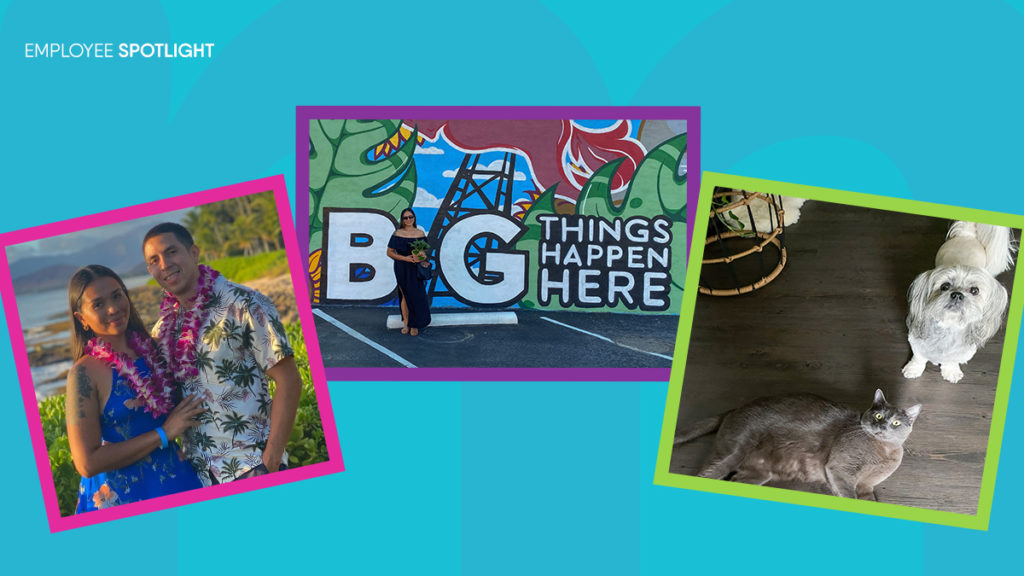[APRIL 2019] What Multi-Location Brands Need to Know About Google’s March 2019 Core Update
It’s been just over a month since Google released a core algorithm update that sent shockwaves through the search engine optimization (SEO) industry. Originally dubbed “Florida 2.0” by speculators, Google promptly renamed it the March 2019 Core Update (ostensibly to make it easier for everyone to grasp).
We understand it can be useful to some for updates to have names. Our name for this update is “March 2019 Core Update.” We think this helps avoid confusion; it tells you the type of update it was and when it happened.
— Google SearchLiaison (@searchliaison) March 15, 2019
Um… Thanks, Google?
Let’s be honest, Google’s clarification on the update’s nomenclature didn’t really provide much in the way of actionable insights for brand marketers. So, to help clear things up, let’s look at how the March 2019 Core Update has impacted a specific type of business – multi-location brands.
Three takeaways for multi-location brands from the March 2019 Core Update
No. 1: Site engagement is a lot more important now
Every Google algorithm update has its share of winners and losers. To the victors go the spoils of increased search visibility, which inevitably leads to more site traffic. With the March 2019 Core Update, the winners appear to be websites with better engagement metrics like time on site, pages per visit and bounce rate.

What you can do
Multi-location brands should work to optimize webpages across their sites – especially location pages. Provide all the information potential customers could need about your brand’s products, services and locations. Make sure your location pages include up-to-date hours of operation, contact information and links to get directions.
No. 2: Understanding user intent just became a lot more crucial
Optimizing your site with all the information a consumer could need is important. But it’s also important to take it up a notch by optimizing your site for user intent, especially post-March 2019 Core Update. This means making sure that the content on your site addresses specific queries searchers use to find answers related to your brand.
What you can do
Start by analyzing the searches you want your site to rank well for and determining the intent and expectation behind each one. Then, make sure the content on your webpages matches those expectations.
Navigational searches: Queries where the searcher is trying to contact or visit nearby businesses. Increasing visibility in these searches is crucial for multi-location brands. To make sure your content matches searcher intent:
- Optimize your location and other pages with all the information a potential consumer could need.
- Add links so searchers can easily get directions to your locations.
- Add click-to-call buttons and other calls-to-action to make it easy for searchers to contact you.
Informational searches: Queries where the searcher is looking for additional information about the products and services they’re interested in buying. Here are a couple of things you can do to make sure your site adequately answers these types of searches:
- Create and optimize in-depth product and service pages.
- Add images and video to provide searchers a visual representation of your products and services.
Transactional searches: These types of queries signal that a consumer is ready to make a purchase. To optimize for transactional searches, make sure your site provides a seamless path to purchase. (If your website doesn’t have a way for consumers to buy online, go back to the navigational optimization tips to make sure they can easily contact one of your locations.)
If you need help optimizing your website to improve your search visibility and attract more visitors, contact us to learn more about our SEO services.
The trustworthiness of your brand is still essential for search visibility
Another winner of the March 2019 Core Update appears to be sites with strong brand profiles that focus on broad topics. Which means the losers here are smaller, niche sites focused on sub-topics. Based on this trend, Google seems to be favoring sites that adhere to the Expertise, Authoritativeness and Trustworthiness (E-A-T) guidelines that were central to a previous core update.
What you can do
Building consumer trust in your brand involves a lot of different efforts, some of which we already touched on – like creating website content that matches searchers’ expectations. The goal of these efforts should be to position your brand as the go-to resource on topics related to your products and services.
One way to do this is to create a wealth of high-quality content around all the topics related to your brand. Don’t settle with just creating product and service pages for your website. Instead, own related topics by creating a library of content like blog posts, e-books, videos, podcasts, infographics, etc. for each of your products and services.
If you need help creating this content, contact us to learn more about our Content Marketing solution.
A closing thought on Google’s March 2019 Core Update
While the tips above will help your website’s visibility post-March 2019 Core Update, there’s so much more you can and should do. Given that Google relies on hundreds of ranking factors and has a variety of types of search results, improving your brand’s overall visibility requires a comprehensive search marketing strategy that encompasses a variety of paid and organic efforts. If you want to learn more about what it takes to crush the search game, contact Mindstream Media Group to talk to one of our local search, SEO or paid search experts.
More from Mindstream Media Group

Meet the Mindstreamer – Chandler Swanner
Chandler Swanner’s interest in advertising dates back to her childhood. Her mother (and role model in life) was a Media […]

Third-Party Cookie Phase-Out: What Marketers Need to Know
Cookies are an essential part of internet usage, allowing websites to remember you and provide a more personalized experience. This […]

Meet the Mindstreamer – Kaya Bucarile
She plans and oversees media strategy for agency clients, working closely with project and platform managers to ensure that we […]
